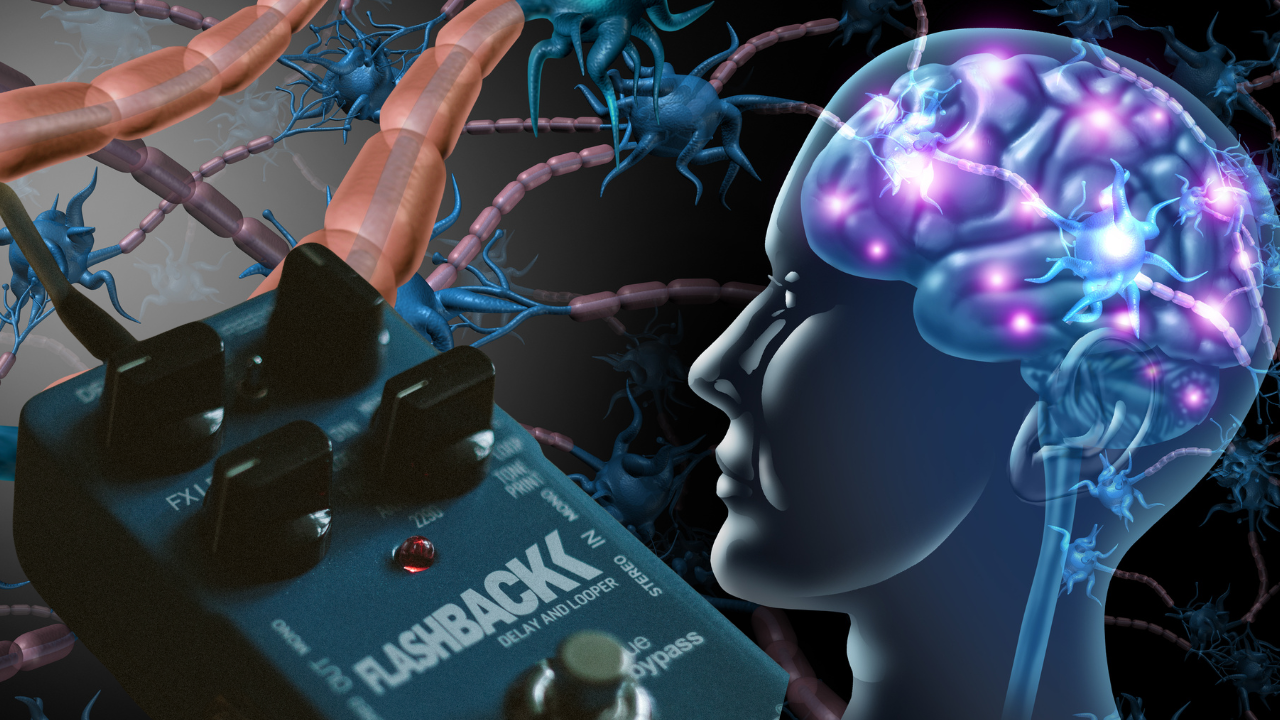7 Minutes after Death: The Science Behind What Happens To Your Brain After You Die

Credits: Canva
SummaryWhen the heart stops beating, the brain does not go dark right away. For several minutes, it can show bursts of activity that resemble the patterns tied to memory and awareness. Researchers believe these short waves of organized signals may help explain reports of near-death experiences and sudden life recollections, offering a new look at what the brain may be doing in its final moments.
End of Article
